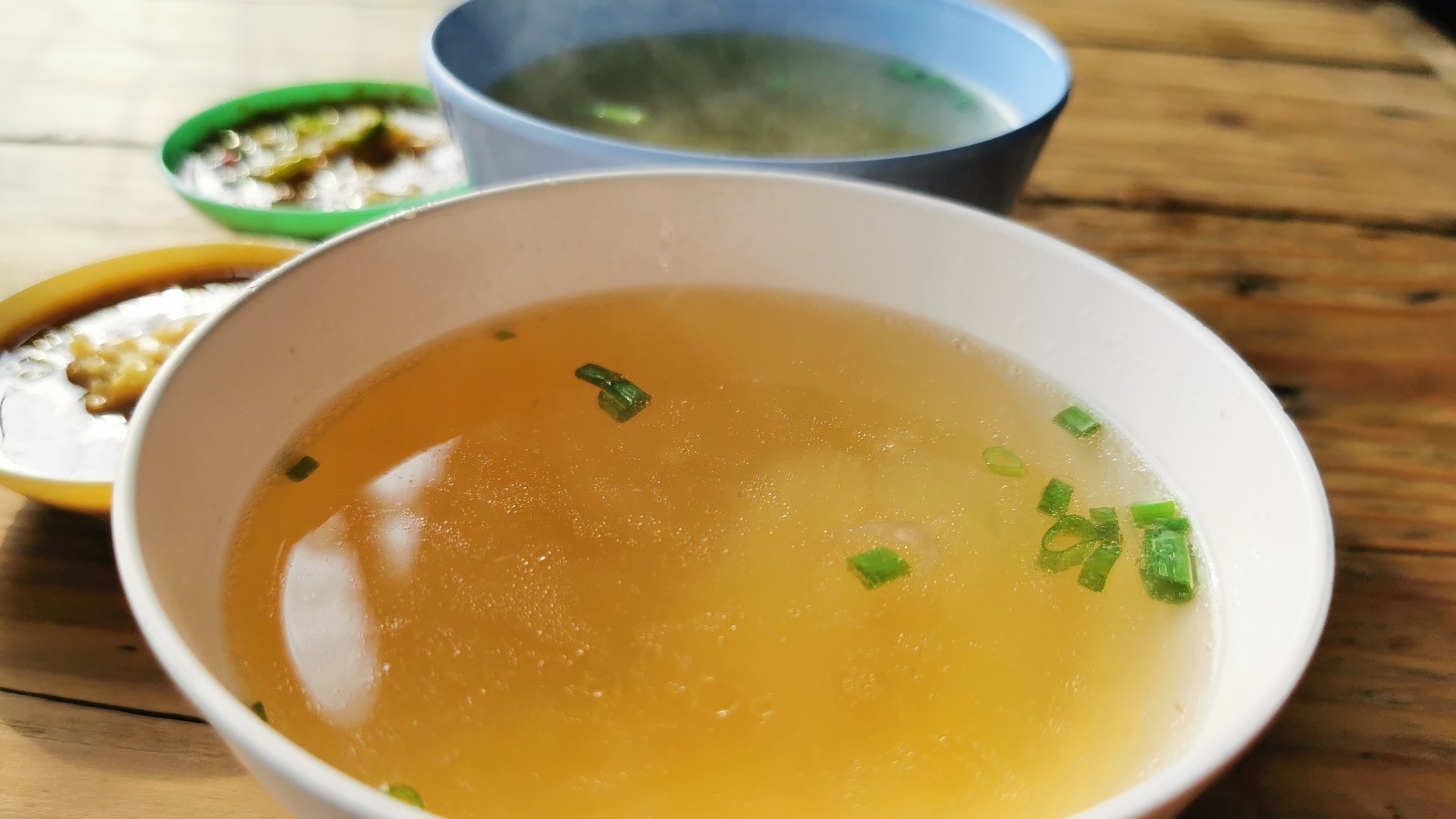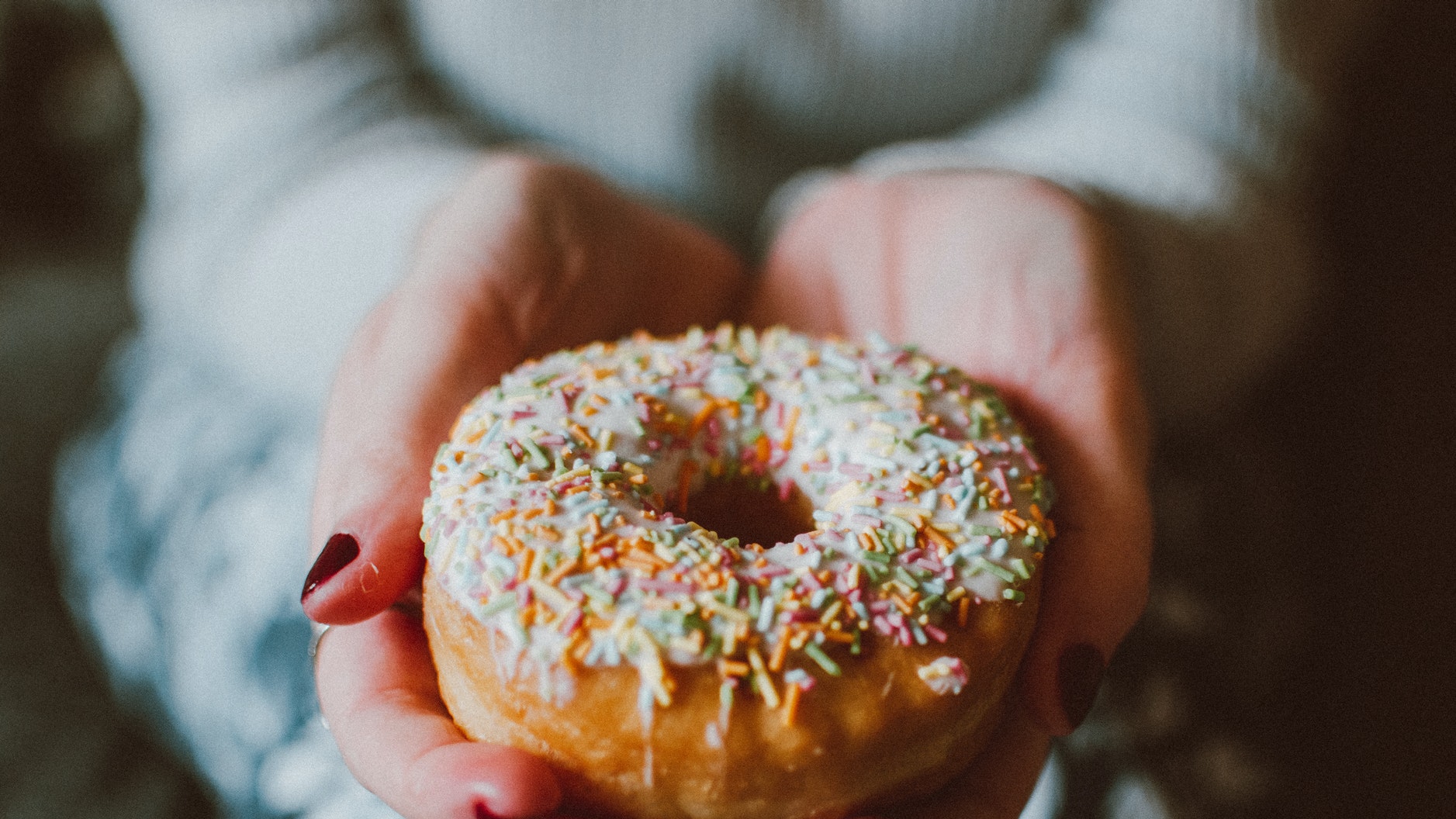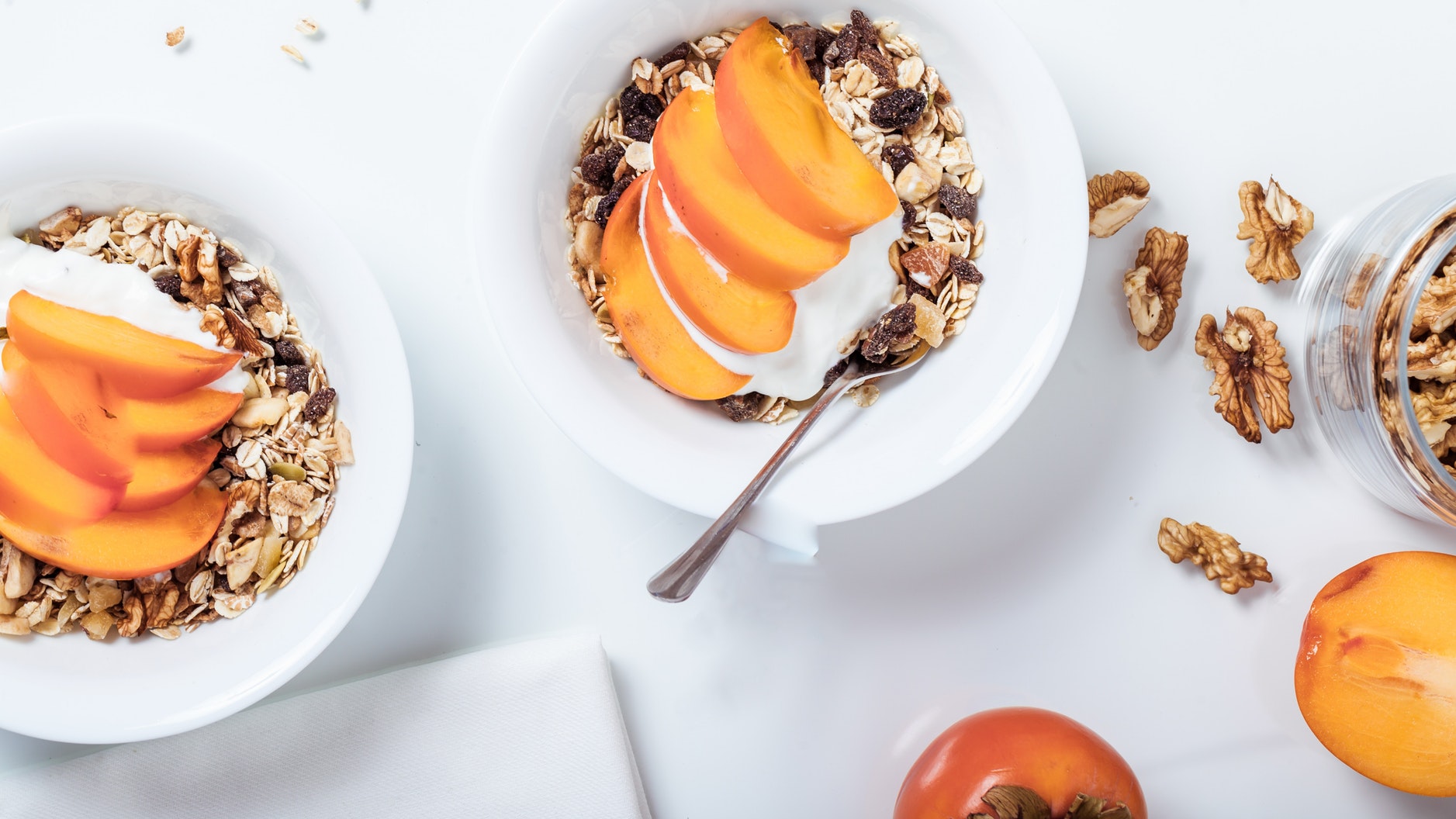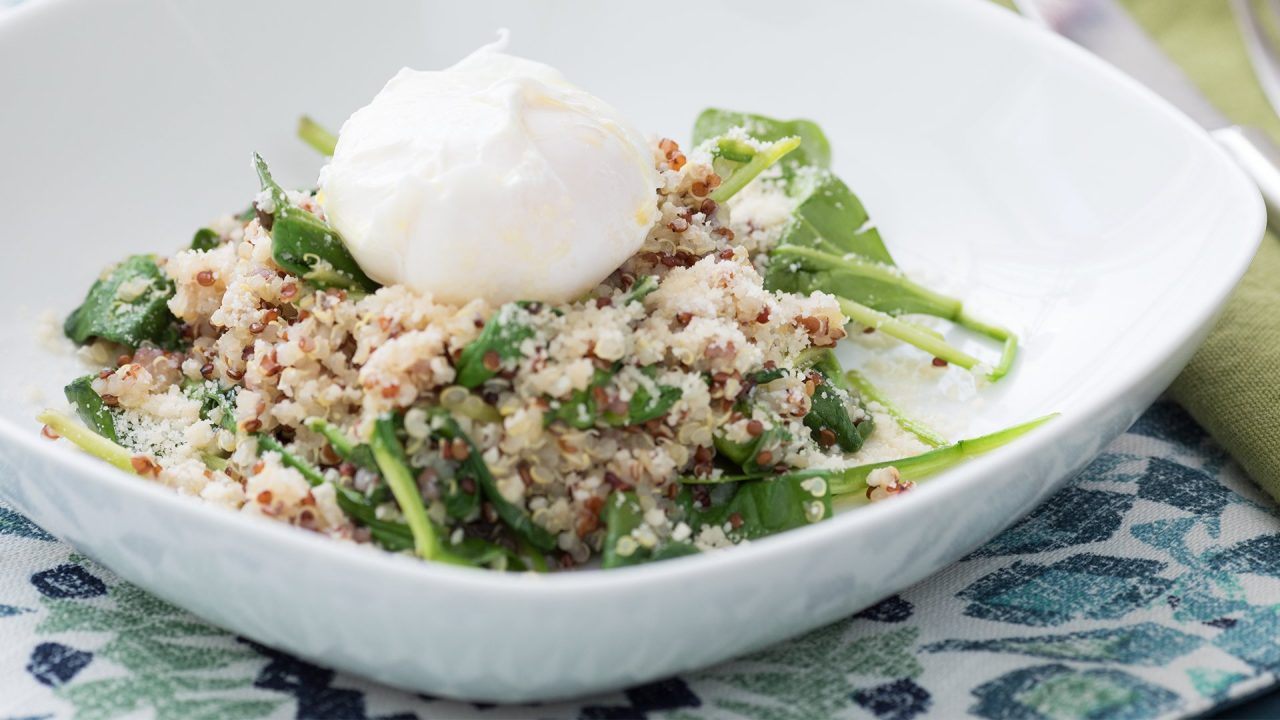
Not too long ago rice was everything. Everyone was eating rice and those who wanted to be healthy were eating brown rice. It seemed like brown rice was the ultimate dieting food and it was there to stay.
Enter Quinoa.
Pronounced “keen-wah”, this new rice substitute was taking the world by storm. It was new and different from other carb sources. Quinoa isn’t actually a grain; it’s a seed from a goosefoot plant that’s indigenous to the Andean region in South America. Although it has been cultivated for over 5000 years, it has just become popular in recent years.
The two most important features of quinoa are its high protein and fiber content. One cup of quinoa boasts 8 grams of protein and 5 grams of fiber. Unlike most plants, the protein in quinoa is complete meaning it contains all nine essential amino acids that our bodies can’t produce on our own.
These two features of quinoa provide the biggest benefit of quinoa: satiety. High protein and fiber foods will leave you fuller for longer while leaving your stomach happy.
The seed is packed with vitamins and minerals as well. Here are the nutrients quinoa is filled with: manganese, phosphorus, magnesium, zinc, iron, folate, and thiamine (B1)
Quinoa is also naturally gluten-free. Those with celiac disease can receive all the health benefits of quinoa without having to worry. When buying quinoa at the store look for the packaging that indicates gluten-free as cross-contamination can happen at some processing plants.
Here are the nutrition facts for one cup of quinoa:
- Calories: 222
- Carbohydrates: 39 g
- Sugar: 2 g
- Fat: 3.5 g
- Fiber: 5 g
- Protein: 8 g
How does rice compare?
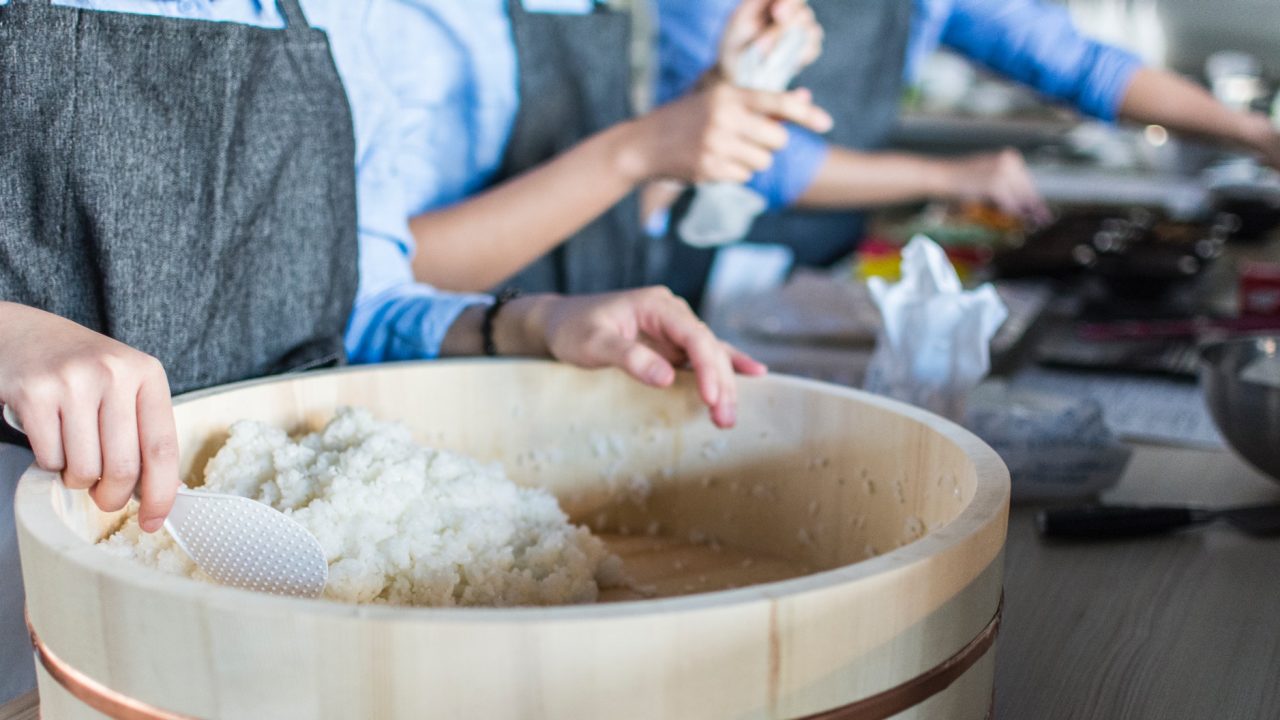
While quinoa has become common to many households, rice is still a staple to many around the world. Many might think rice is bad for you, especially now that much healthier alternatives are abundant, but it’s not as bad as its made out to be.
Let’s start with the difference between white and brown rice.
Brown rice contains more nutrients than white rice because it contains the hull of the rice kernel. White rice, on the other hand, has much less vitamins, minerals, and fiber since it is stripped of the hull.
There are still benefits of eating white rice. It’s free of cholesterol and fat while being gluten-free. Perhaps the most important feature of white rice is that it’s very easy on the stomach. Its low fiber content makes it the perfect food for upset stomach or other gastrointestinal issues.
Obviously brown rice offers more nutrition than white rice so it will generally be a better choice to eat daily. One of the health benefits of brown rice includes reduced blood pressure. This is because brown rice contains a healthy dose of potassium and helps promote weight loss. Also, brown rice has a low glycemic index (easily digested and accepted by the body) so your body will be able to use insulin more effectively over time.
Here is the nutritional information for one cup of white rice:
- Calories: 205 g
- Carbohydrates: 45 g
- Sugar: 1 g
- Fat: 0 g
- Fiber: 1 g
- Protein: 4 g
Here is the nutritional information for one cup of brown rice:
- Calories: 218 g
- Carbohydrates: 46 g
- Sugar: 1 g
- Fat: 2 g
- Fiber: 4 g
- Protein: 5 g
Quinoa vs. Rice
Based on the nutrition facts, it seems quinoa provides a better health benefits. But experts say it’s bad to lock into one choice. A healthy diet includes a balance of healthy nutritional sources. Eating a mix of rice and quinoa is your best bet to lose weight while getting as much nutrition as possible.
Picking and choosing one comes into play for people with specific diets. For example, vegans can’t eat meat so consuming foods that contain the essential amino acids can be difficult. This is where quinoa has the edge because not only is it high in fiber and protein, its protein is complete. It will definitely be a better choice for vegans and similar individuals.
It is wise to opt for brown rice if rice is your personal preference. However, including both rice and quinoa in your diet can provide a lot of versatility.
Quinoa Tabbouleh
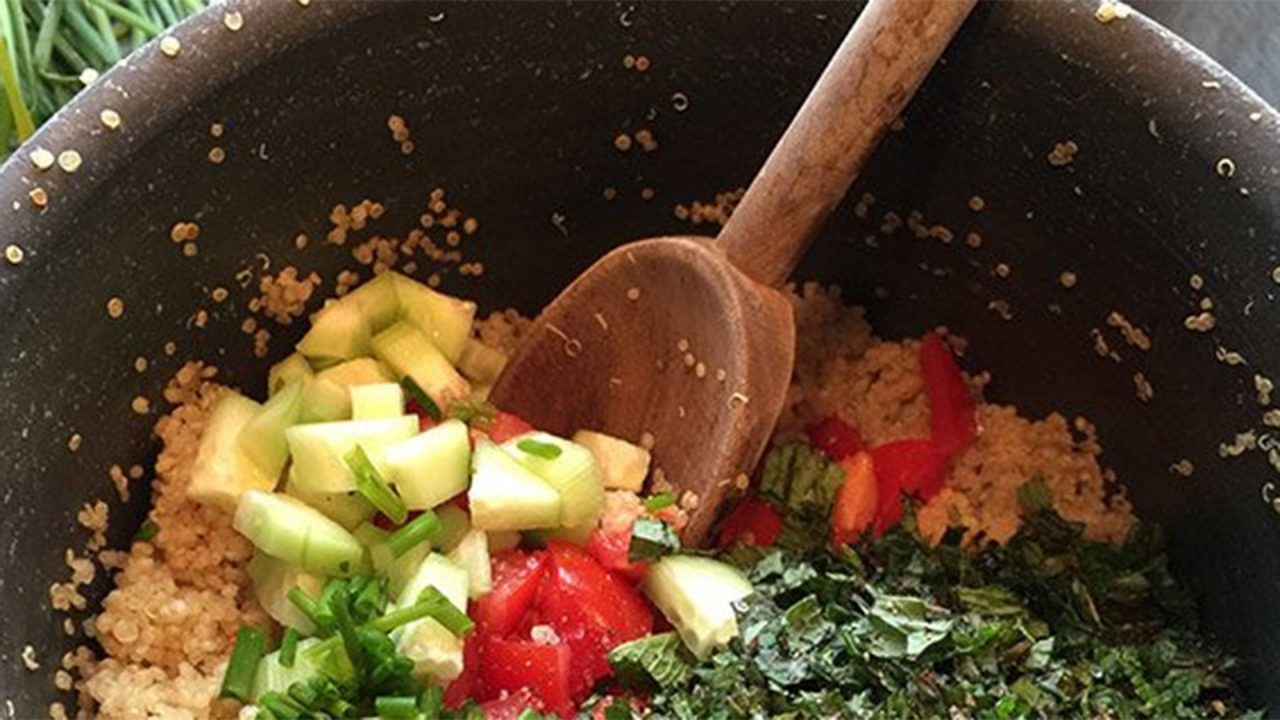
Tabbouleh is a Lebanese vegetarian salad. This nutrient-dense dish is packed with summer flavors like cucumber and citrus, but is about as “clean” as it gets. FYI, it also pairs wonderfully with salmon!
Ingredients:
low-sodium chicken broth – 2 cup
raw quinoa – 1 cup
diced tomatoes – ½ cup
cucumber, chopped – ½ cup
chives – 1 tbsp chopped
lemon juice – ¼ cup
lime juice – ¼ cup
Directions:
1. Combine uncooked quinoa and broth in a stovetop pot and place on a cold burner.
2. Turn the burner to high and bring to a boil. Then reduce to a simmer for 15-20 minutes, or until liquid is absorbed. Keep the lid on during cooking.
3. Remove from heat, fluff with a fork, and let rest, about 10-15 minutes.
4. Add remaining ingredients and stir.
5. Refrigerate for at least one hour before serving. This will allow flavors to continue to develop.
Sign up with Modern Fit today to receive tailored nutrition and fitness plans, recipes, and exclusive content.

